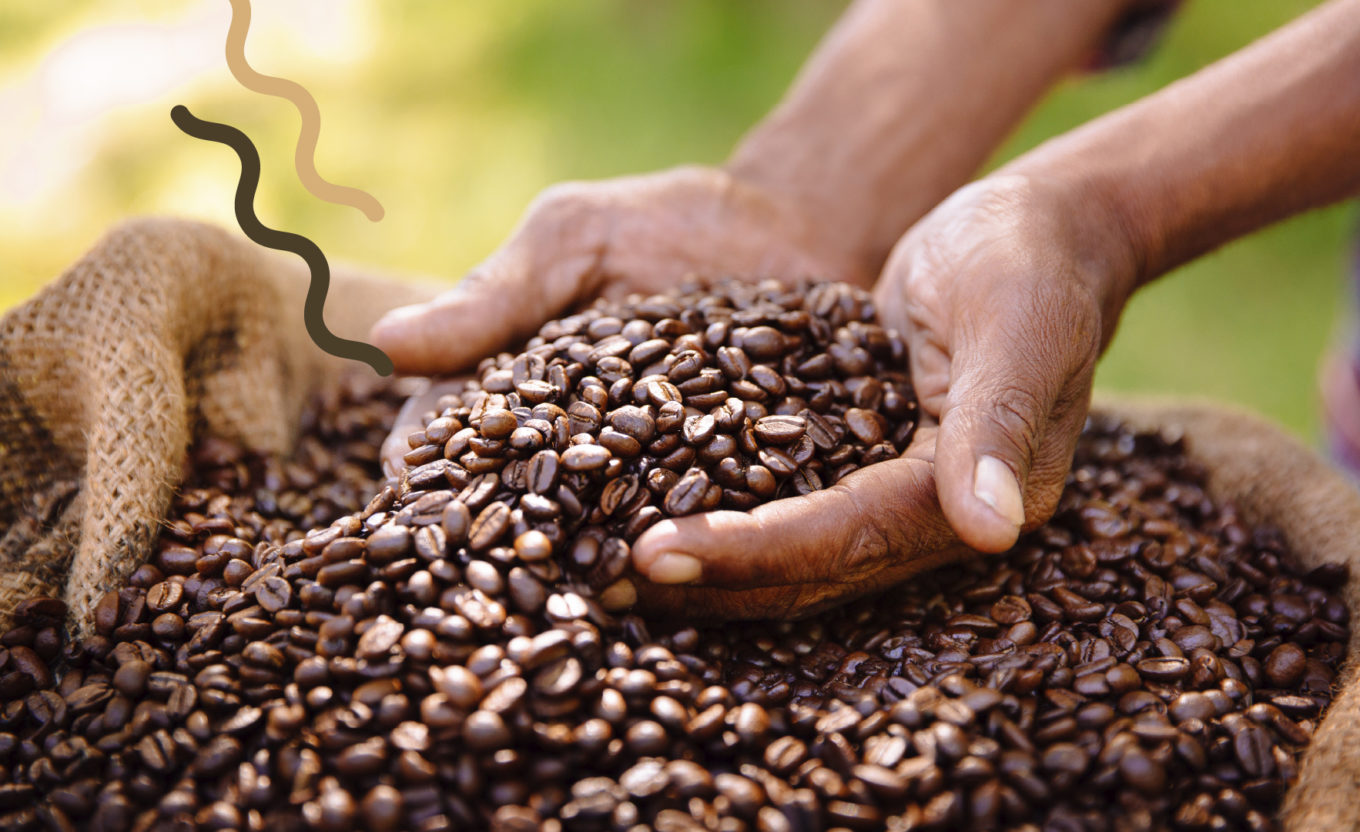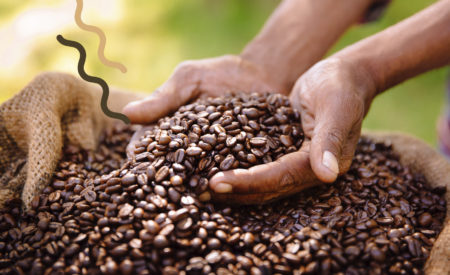The history of coffee has ancient origins, but worldwide trade has only developed in recent centuries. The coffee-drinking habit first spread to the Arab world in the 1400s, to then arrive in Europe only a few centuries later. In the 1600s, coffee conquered the high society of the Western world and spread in the following decades among the entire population.
How much coffee is consumed worldwide nowadays?
According to the International Coffee Organization, between October 2020 and September 2021, more than 10 billion kilograms of coffee were consumed worldwide (equivalent to more than 167 million 60 kg bags, which is the most common unit of measurement in the industry).
The country with the highest coffee consumption per capita is Finland (12 kg) followed by Norway (9.9 kg), Iceland (9 kg) and Denmark (8.7 kg). Italy, despite being recognized as the home of espresso coffee, in terms of consumption ranks 13th (5.8 kg per capita).
How much is the coffee market worth?
The world market for roasted coffee in 2022 is estimated at about $120 billion. Quantities are expected to increase in the coming years, with growth rates of between 1 percent and 2 percent leading to consumption of up to 208 million bags in 2030.
In recent decades, coffee consumption has also increased in Asian countries, where people traditionally prefer to drink tea: between 1990 and 2010 coffee consumption in Japan increased by 30 percent.
Climate change also affects coffee production
Climate change also affects coffee production, production takes place only in certain tropical areas in Africa, Asia and Latin America, with Brazil leading the world ranking of producers.
Coffeebi published research on the effects of climate change in the coffee sector, concluding that its availability may decrease significantly in the future. Indeed, to thrive and produce quality beans, crops must be located in areas that meet precise temperature and moisture requirements throughout the year. However, recent periods of drought, alternating with periods of unbalanced distribution of rainfall, are reducing the area suitable for crops. The study predicts that by 2050 the world’s land in ideal areas could shrink by 50 percent.
Climate change is also changing the habits of pollinator species and causing new pest species to emerge. Small coffee farmers are the most vulnerable and, on their own, have little ability to adapt to crop fluctuations.
Choosing coffee from sustainable agriculture
Although we feel we have little power to reverse the negative effects of climate change, we can still do our part in this area by supporting an ethical and inclusive coffee market.
We can choose to buy from producers who are committed to demonstrating the sustainability of their business through concrete actions and international certifications such as Organic, Fair Trade, Rainforest Alliance or UTZ.
Sustainable agriculture takes care of both the environment and the people in it through fair wages and respect for workers’ rights. It is based on caring for the environment and sees to it that the commitment is maintained throughout the supply chain. Sustainable market development aims to meet the needs of the present without compromising the living conditions of future generations.





